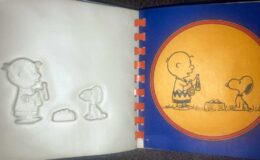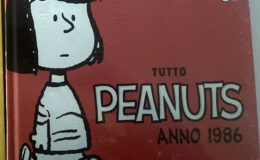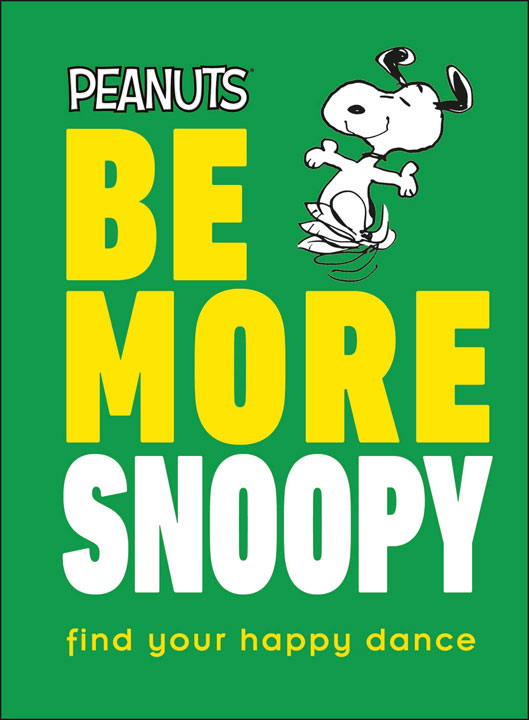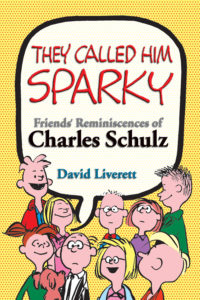Oh, okay, more on A Charlie Brown Christmas books
- By : Nat
- Category : Classic finds, Reviews
Not my fault! People send in questions (to questions@AAUGH.com ), and while I won’t answer them all, and much less answer them publicly, this one I felt called for a public answer.
Steve from Michigan was asking, in regard to this book:

What I dont understand though is why that made the book black??!! It’s not very Christmassy. I have a copy of the 1972 version of A Charlie Brown Christmas (below), and I like the the exterior of the book better. It just seems more upbeat to me.

A fair question. Now, I wasn’t even a full year old yet when that first adaptation came out, so if they consulted me about the cover at the time, I don’t remember what was discussed. So I can’t tell you for certain. But remember that bit in his bio paragraph about Schulz being a best-selling author? That was true. And what was he hitting the best-sellers list with? It was books like these:

Those two books from the previous year suggest a strong template for the A Charlie Brown Christmas cover. Mixing the red-and-black look of the Christmas is Together-Time cover with the black edging and curved image-area corners of I Need All The Friends I Can Get, and you’re well on your way to the final design. So it looks like they were copying what had worked in the past.
Now to head off the next question: who is Paul Hamlyn and why does he get the cover credit on I Need All The Friends I Can Get? That copy is actually the British edition of the book, and “Paul Hamlyn Ltd” is the name of the publishing company. It’s named for its founder, born Paul Bertrand Wolfgang Hamburger, who changed his name to Hamlyn in the 1940s when having a German-sounding name may not have been the way to get ahead in Britain (Paul was born in Germany, but had emigrated in 1933 at age 7, a good time for he and his Jewish family to be leaving the place.) By the time he died in 2001, he was Baron Hamlyn of Edgeworth.
But yes, the Baron gets his name on the cover, but Schulz is nowhere on the front cover or spine, and that’s not just a curiousity of the UK edition; the US edition is the same, minus the name Paul Hamlyn. The only indication that this is a Peanuts book is that little, easily-overlooked Charlie Brown peeking around from behind the G in Get. The US edition has a photo of Schulz on the back cover, but it doesn’t identify him; the only name on the cover of the US edition is the name of the photographer. It’s practically a secret Peanuts book.





